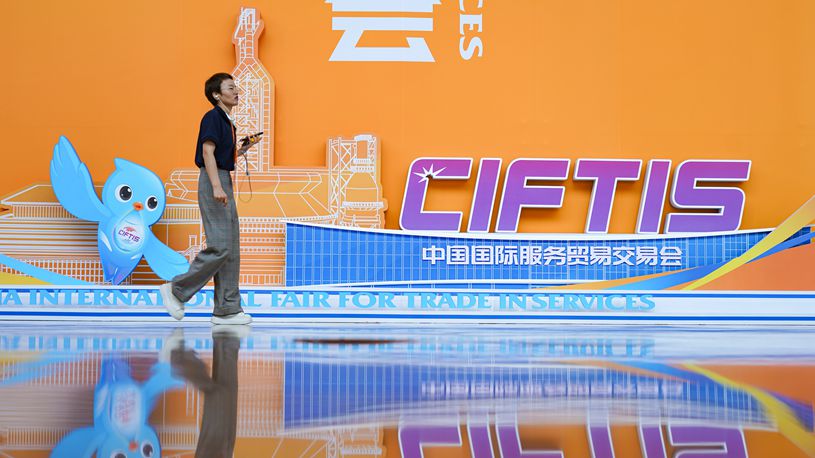Bringing hope to glioma patients: workshop for rare and hard-to-treat cancer held in Beijing
The Workshop for Rare and Hard-to-treat Cancers was held in Beijing on Sept. 3, where medical experts, members of patient organizations, business leaders, and media workers gathered together to discuss the cutting-edge technologies and future development of brain glioma treatment, and called for more public attention on this little-known and hard-to-treat tumor.
According to Ren Xiaohui, chief physician of the Department of Neurosurgery at Beijing Tiantan Hospital, Capital Medical University, glioma is a primary central nervous system tumor that exhibits infiltrating growth, making it prone to recurrence and difficult to eradicate at scale. Common symptoms include headache, nausea, movement disorders, seizures, and delayed reactions.
"The tumor is intertwined with the brain tissue, making it hard to completely remove through surgery due to unclear boundaries. Additionally, radiation and chemotherapy may lead to side effects such as cognitive impairment. The introduction of targeted drugs has become a game-changer, as they can precisely target tumor cells," said Ren.
As glioma patients often suffer from tremendous psychological pressure, patient organizations provide them with a source of companionship and emotional support. "They need the attention and support of society," said Huang Rufang, founder and president of the Chinese Organization for Rare Disorders (CORD).
"As a non-profit organization dedicated to rare diseases, CORD will continue to work with other stakeholders to raise public awareness of rare diseases, improve the accessibility and affordability of drugs, promote communication between doctors and patients, and facilitate the commercialization of research outcomes. We will try to make the voice of rare disease patients heard, including glioma patients, and make a difference in their lives," Huang said.
Zhang Tao, founder of the Home for Glioma Patients, is a glioma patient himself, who has undergone two surgeries. "Having experienced postoperative relapse and short-term memory loss, I know how hard life can be for glioma patients. I sincerely hope that glioma patients can receive more understanding."
In Zhang's view, glioma patients face a "four few, three many" phenomenon: few patients, few treatment options, little cure, and minimal social attention, coupled with numerous side effects, high treatment costs, and many detours in treatment approaches. "In light of this, the Home for Glioma Patients was established in 2023, aiming to disseminate the latest information on glioma, provide medical guidance, and offer a platform for interaction and exchange for patients and their families. At the beginning of this year, we also launched a patient database, hoping to provide relevant data for drug development and to contribute to the exploration of advanced glioma treatment methods," he said.
The advancement in the diagnosis and treatment of gliomas owes much to the dedication and innovation of pharmaceutical companies. Manuel Ruiz, general manager of Servier China, stated: "From basic research to market launch, Servier has always put patients first throughout the process. We are committed to addressing their health needs and maximizing their benefits."
Ruiz pointed out that 70 percent of the company's R&D budget is earmarked for innovative cancer drugs. "Servier will continue to work closely with medical institutions and patient organizations to boost the development and application of innovative drugs, accelerate the launch of vorasidenib in China, and provide better treatment options for glioma patients."
During the event, a roundtable discussion themed on "How to Cure Gliomas in the Future" was held.
Photos
Related Stories
Copyright © 2024 People's Daily Online. All Rights Reserved.









